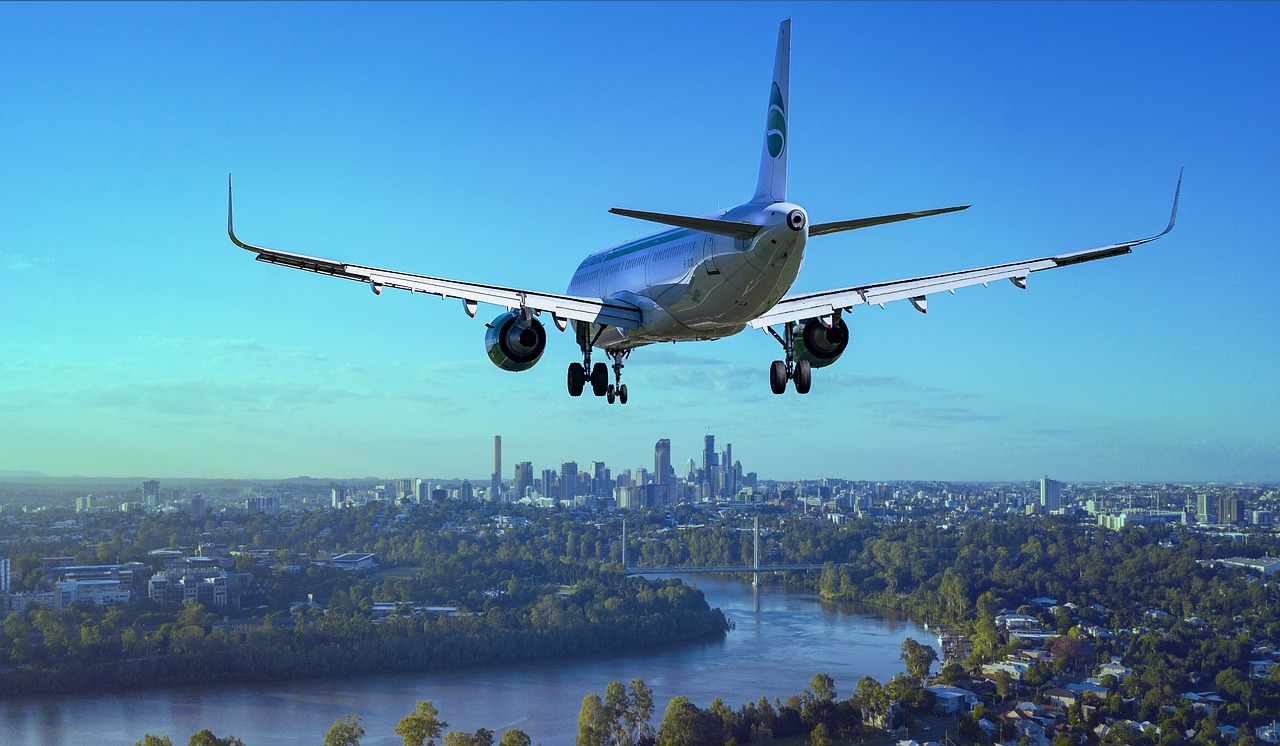
Otautahi – Scientists have developed a process using sunlight and air to create carbon-neutral jet fuel.
The process could sustainably fuel planes, ships and trucks. The fuels release as much carbon dioxide (CO2) when combusted as they absorb from the atmosphere when produced, so no additional CO2 emissions are generated.
The new process could further efforts to combat climate change by decarbonising transport sectors such as aviation, which is responsible for almost three percent of all human-made carbon dioxide emissions, shipping and heavy road transport.
Researchers at ETH Zurich university in Zurich have created an industrial plant that extracts carbon dioxide (CO2) and water from the air.
Solar energy is then used to split these compounds and produce syngas – a mixture of hydrogen and carbon monoxide.
This is then further processed to create kerosene and methanol which can be used as a substitute for traditional fuels.
While the technology is now advanced enough to use in commercial operations, major challenges remain if the new process is to be competitive and scalable.
The study, published in Nature, estimates solar kerosene fuel would be cheap but high initial investment costs are a major barrier.
The report’s authors suggest bodies like the European Union adopt a quota system requiring airlines to source a proportion of their fuel from solar sources, to help pay to scale the technology.
As well as its environmental credentials, the process has another benefit. Its reliance on sunlight makes desert areas prime land for production sites, leaving valuable agricultural land available for growing crops and rearing livestock.
This is in contrast to biofuels which often rely on crops being grown to be converted into fuel.
The International Air Transport Association (IATA) says sustainable aviation fuel will need to play a substantial role in achieving the global target of net CO2 emissions by 2050.
Global passenger numbers are expected to reach 7.5 billion by 2035, up from 4.5 billion in 2019 before pandemic disruption halted many flights, according to IATA.
Investment in developing and adopting cleaner fuels compatible with existing aircraft is therefore key to realising such ambitions.
Initiatives such as the World Economic Forum’s clean skies for tomorrow coalition, provide a platform for airlines, airports, fuel suppliers and other global aviation stakeholders to accelerate sustainable energy. More than 60 companies have so far joined forces, aiming to power global aviation with 10 percent sustainable fuels by 2030, as part of efforts to reach net zero emissions by 2050.



